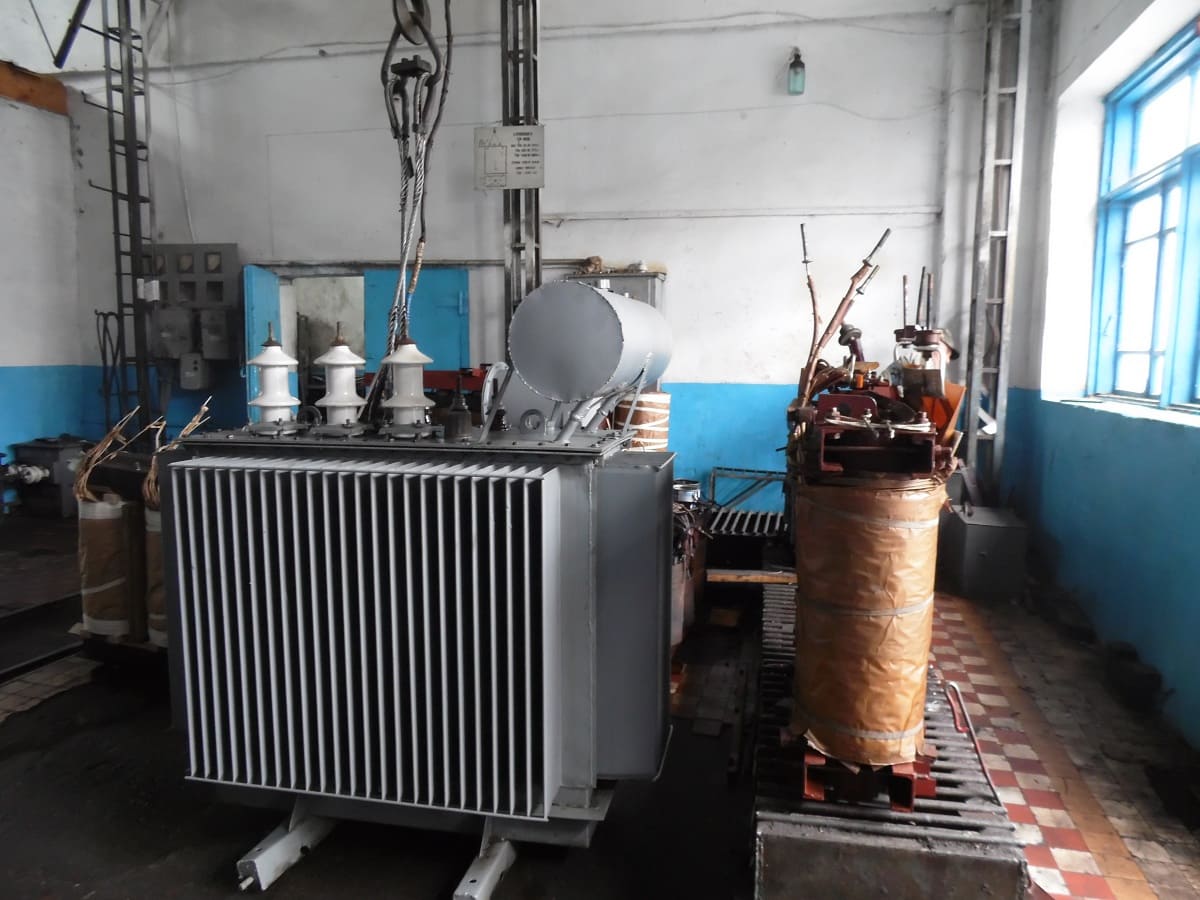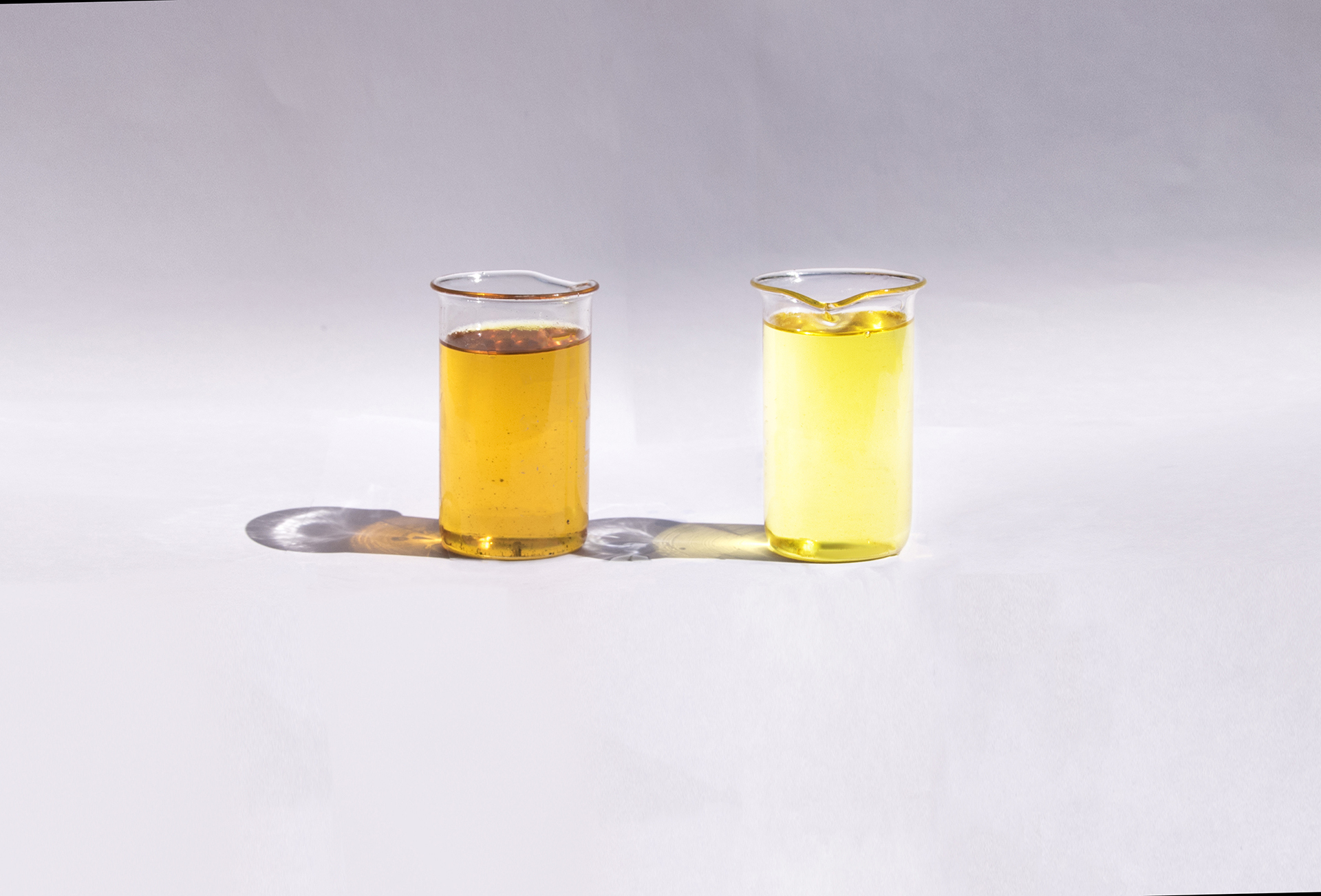Measuring the moisture content of cellulose insulation in transformers

Let’s start a series of articles about measuring important parameters with the moisture content of transformer cellulose insulation.
The insulation system of transformers usually consists of a liquid part and a solid part. Liquid insulation is transformer oil in the capacity of which petroleum oils or oils based on vegetable components can be used. Solid insulation is formed by means of cellulose.
Why is it important to detect the water content in transformer insulation?
The water enters a transformer both from external sources (the atmosphere) and by getting formed directly within the transformer during the chemical reactions in the insulation system. Moisturization destroys the insulation integrity and reduces its dielectric strength, so the risk of breakdown considerably increases. Insulation breakdown impairs the transformer operation and causes its failure. In fact, it is an emergency entailing multimillion-dollar financial expenses to repair or change a transformer in addition to the inconvenience associated with power outages.
Therefore, the moisture content both in the oil and in the cellulose insulation of transformers with the voltage of 110 kV and above must be monitored on a periodic basis, and moisture must be removed when measured values go beyond permissible values.
Ways to measure the moisture content of transformer cellulose insulation
Measuring the moisture content in cellulose insulation requires a prototype. There are two ways to obtain a prototype:
- Put 0.5–3 mm thick specimens into the active part of the transformer beforehand and take them out when it is necessary to perform measurements. It means the use of a so-called “insulation model”;
- Take specimens of active insulation using forceps.
Various methods and instruments are used for measurements. When using the Dean-Stark method, a cellulose specimen under test is placed in a flask containing a solvent. Next, the water vapor and the condensation thereof are transferred inside a receiving test tube with grading marks.
The Karl Fischer method is based on chemical processes that involve the interaction of water with iodine, sulfur dioxide, an organic base, and alcohol in an organic solvent. The Karl Fischer source chemical agent contains pyridine and methanol. During the Karl Fischer titration, a sample is mixed with a base-alcohol solution containing iodine ions and sulfur dioxide. Electrolysis produces iodine which reacts with water and sulfur dioxide in the presence of a base. According to Faraday’s law, the amount of iodine formed is proportional to the amount of electricity. One mole of iodine stoichiometrically reacts with one mole of water, while 1 mg of water is equivalent to 10.72 kL. Based on that, it is possible to determine the amount of water in cellulose insulation by the amount of electricity used for electrolysis.
Being aware of the extent to which the solid insulation is moisturized, it is possible to dry the windings and to avoid emergencies in proper time.
Ways to dry the solid insulation of a transformer
Drying the cellulose insulation of transformers is prevalently based on two physical phenomena: moisture conductivity and diffusion. Moisture conductivity is movement of moisture in the form of vapor inside the insulation from higher concentration to lower concentration spots. Thermal conductivity is movement of moisture from higher temperature to lower temperature spots. Therefore, it is very important to warm up the windings.
It is known that there are several ways to dry the solid insulation of transformers. These include drying:
- in a fixed drying cabinet under vacuum;
- in a special chamber without vacuum;
- in own tank using tank iron losses under vacuum or without vacuum;
- with infrared radiation outside the tank.
Drying in special cabinets under vacuum is used in most cases. Essentially, it deals with placing the windings or the entire transformer into a special airproof oven. At the first stage, the windings are warmed up to 100–110°С. The warming-up method is selected based on the possibilities available to a repair or service company. These may include heating with hot oil, hot air, or hot steam. At the second stage, vacuum, i.e. very low pressure, is generated in the oven through the operation of powerful vacuum systems. Owing to the vacuum generated, the vaporization temperature decreases, and the removal of water vapor from the solid insulation goes faster. Removed water vapor enters a special condensation chamber.
In the following articles, we will talk about determining the transformers life cycle parameters such as the breakdown voltage of insulating oil and the oil quality index.

